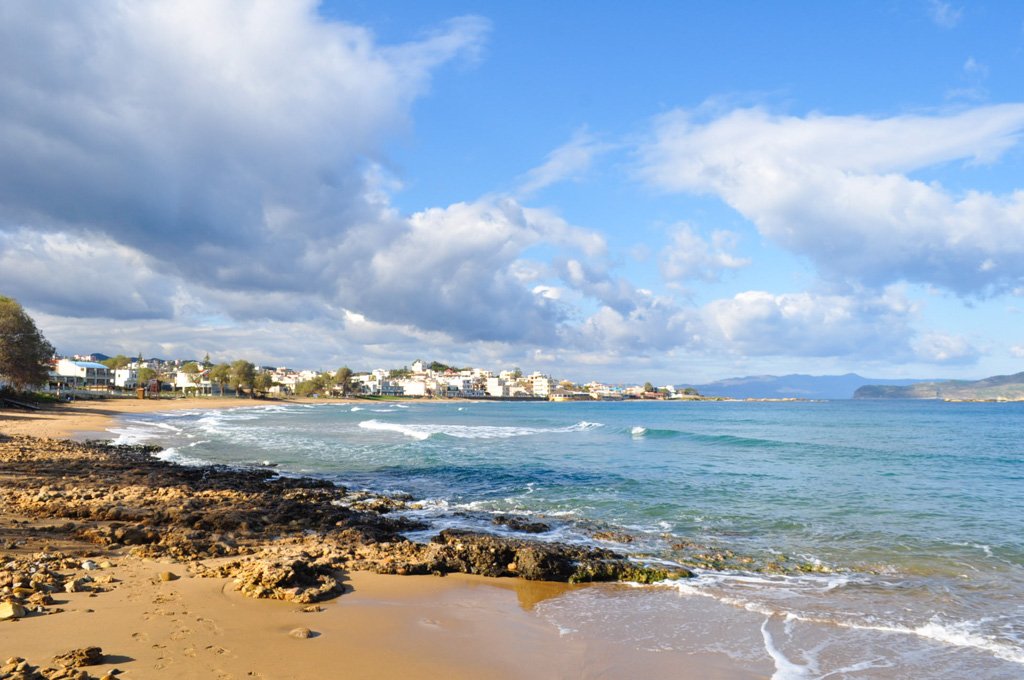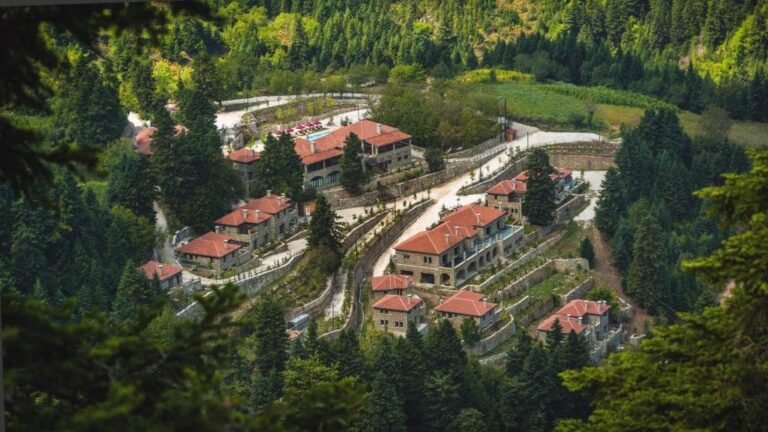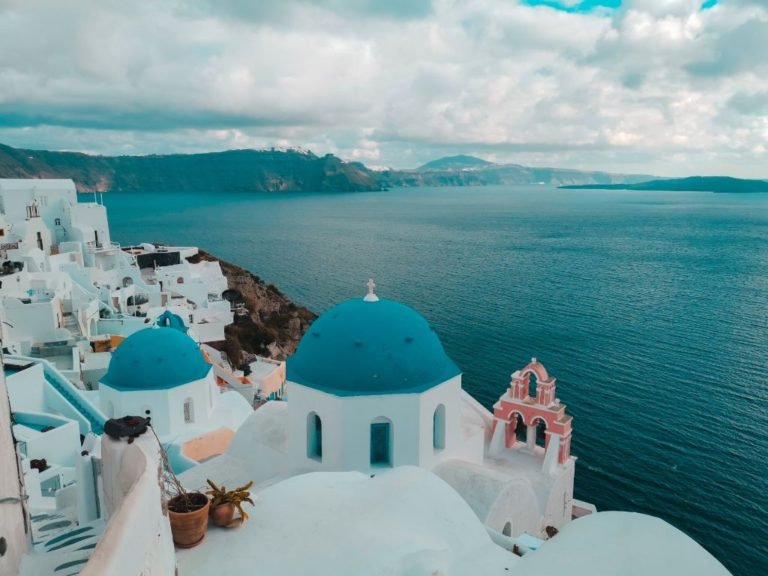This article may contain affiliate links. When you purchase something we recommend, we make a small commission. You don’t pay anything extra. 💘 For more details, check out our Terms of Use page.
Crete might be one of the biggest and most well known islands in Greece but it is also one of the most complicated.
I find that Crete confuses a lot of visitors due to its size and variety, so if you don’t want to miss out on all it has to offer, lets take a moment to go over some details first.
As a Crete enthusiast, that has visited over 12+ times and even called it home at one point, I have some overall destination tips, and tricks to help you plan your next Crete holiday with more ease.
Here’s everything you need to know before you go.
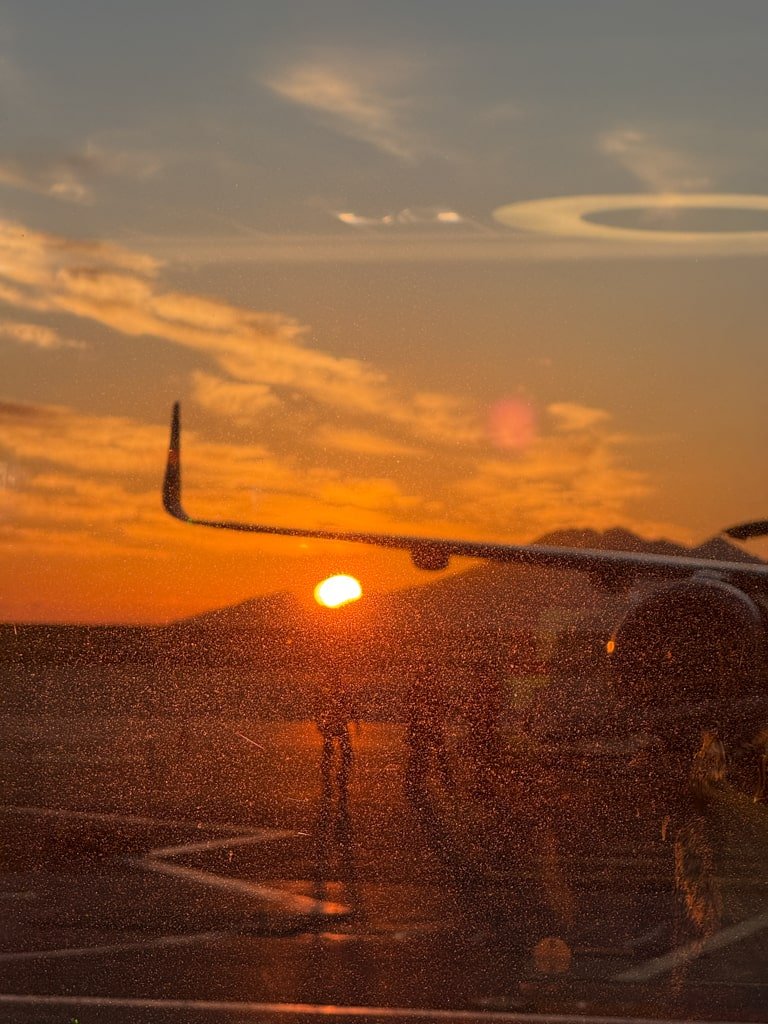
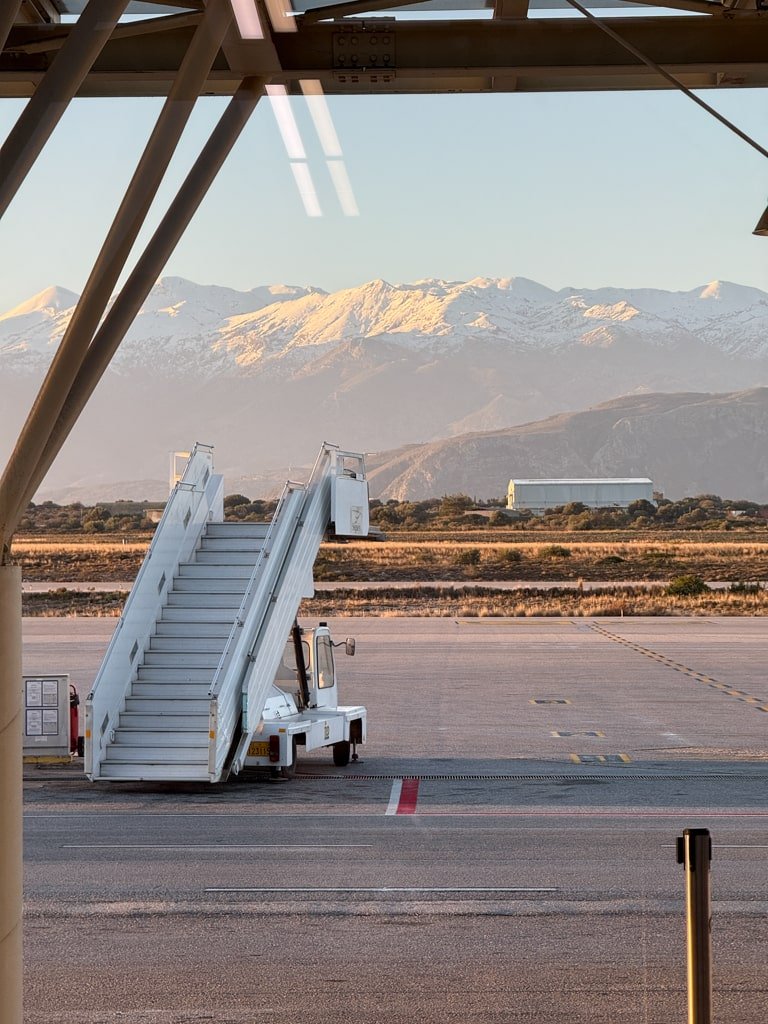
Table of Contents
ToggleHow to Get to Crete
There are two main airports in Crete, one in Heraklion (the capital of the island) and the other one in Chania.
There are direct flights from a lot of European cities to both destinations so you won’t have an issue.
The slower, more scenic way is to catch a ferry from Piraeus in Athens or from one of the islands in the Cyclades, if you’re already in one of the other destinations.
Keep in mind that the ferries from Athens (Piraeus) are overnight, so you might want to factor in the cost of a cabin, unless you are ok to spend that time on a chair.
Also worth mentioning, that ferries can get delayed, cancelled or overbooked. This is most often an issue during peak season, so factor in some breathing room if you must make it by ferry.
What to Know Before Visiting Crete
1. Crete is a big island
The first thing to really point out is the size of Crete. It is not uncommon to visit multiple times and only see certain parts or areas. It is best to approach the island as a small country that has a lot to offer. Distances are also quite long if you plan on visiting both sides (north, south and east to west).
2. You’ll need a rental car
This is less of an issue if you pick only one region or area, but becomes more difficult if you plan to visit beaches, and other attractions. A rental car is the best way to have the freedom to explore, alternatively you can book day trips and transfers from the cities you’ll base yourself in.
I use and compare prices for car rentals, with Discovercars.com. It is a giant rental and comparison site on the market and it has a lot of perks that make sense if you travel often.
Once you head to Discover Cars, you’ll find an easy search engine to filter by location, dates and pick up location.
Tip: Always check a few different pick up locations when booking a rental car.
3. You might want to stay in different areas
Base-hopping just makes sense in Crete. For example, you can start in Heraklion, then move west to Chania or east to Agios Nikolaos depending on your interests. Or you can start in Chania and then drive to see Rethymno on a day trip, stay near or around Heraklion and then move towards Agios Nikolaos and the east part.


4. Even 7 days aren’t enough to see everything
Each region deserves time. If you’re rushing, you’ll miss the vibe that makes Crete so special. Don’t be harsh on yourself if you don’t manage to tick off everything from your bucket list. You might want to plan a follow up trip to a different part of the island.
5. Road trips are ideal, but pick a focus area
Don’t try to cross the whole island every day. Distances take longer due to mountain roads and winding coastal drives. This is especially true if you want to see the north and south coast of the island. Check out these road trip suggestions in Greece, including one for Crete specifically.
6. Get to know the regions
Crete is split into 4 prefectures: Chania (west), Rethymno (central-west), Heraklion (central-east), and Lasithi (east).
7. Match the area to your travel style
If you must pick one area to see and explore consider your style and preference.
The romantic escape part of Crete is found around Chania and Rethymno. But there are also beautiful coastal resorts and more laid back areas around Agios Nikoalos. A family holiday would be anywhere there is more space and easy beach access. The area around Heraklion on the northern coast is known for party and nightlife focused resorts that get popular with group travelers. Hersonisos and Malia are both known or shall we say infamous, for that kind of vibe. A hiking adventure will bring you closer to the mountains and to small guesthouses or hotels that have a rustic and cultural vibe. You might want to pick something with a pool since beach access won’t be as fast or easy.
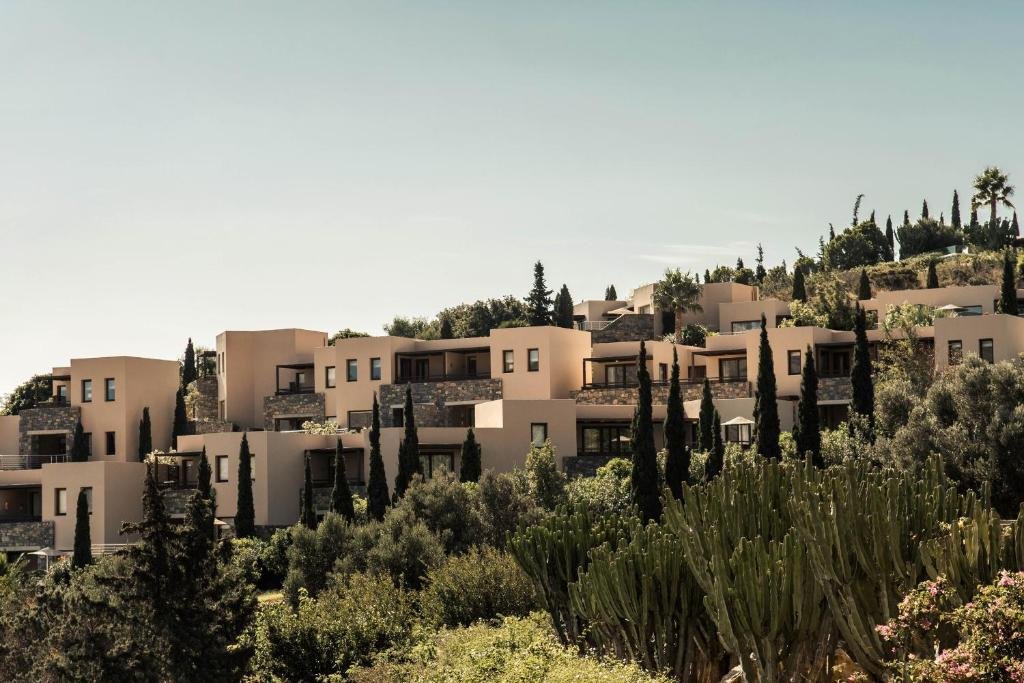
8. Crete has no shortage of all-inclusive luxury
If you want 5-star beachfront with everything included, you’ll find it in Crete, especially around Elounda, Hersonissos, and Georgioupoli. I have a full list of some of the best all inclusive resorts around Greece, with a separate section on Crete that you can check out here.
9. There’s serious history here
Crete isn’t just about beaches and mountain villages, it’s a living museum of resistance, occupation, and resilience. If you are a history lover, you can do a whole trip focused just around that.
This is especially true if you are a WW II fan, and want to learn more about or visit famous sites. Of the most famous are, the Battle of Crete in 1941, when the German paratroopers faced fierce resistance from Allied forces and Cretan civilians. Books and movies have been written about this battle and how it influenced Hitler’s plan to move to Egypt and delayed his attack on Russia.
Some key historical sites and areas to visit include:
Maleme & Tavronitis (Chania region): This is where German paratroopers first landed. You can visit the German War Cemetery in Maleme, which is incredibly moving.
Rethymno: The Arkadi Monastery (also listed in this guide) was a stronghold of Cretan resistance, not just in WWII but also earlier in Greek history during the Ottoman era.
Heraklion: The Historical Museum of Crete has a permanent WWII exhibit that gives great context to the local resistance and occupation years.
Anogia (Psiloritis area): This mountain village was completely destroyed by the Nazis due to its role in resistance activities. Today, it stands rebuilt, with plaques and memorials marking its tragic past.
Preveli Monastery: On the southern coast, this remote monastery helped shelter Allied soldiers during the war and assisted with their evacuation via submarine. There’s a monument there honoring Australian and New Zealand troops.
War Museum of Askifou (near Imbros Gorge, Chania):
This private collection by George Hatzidakis is one of the most impressive and personal WWII displays on the island. Both the setting and significance are intense, and you’ll be welcomed and guided around the collection while told stories about the island, the resistance and the items they have found.
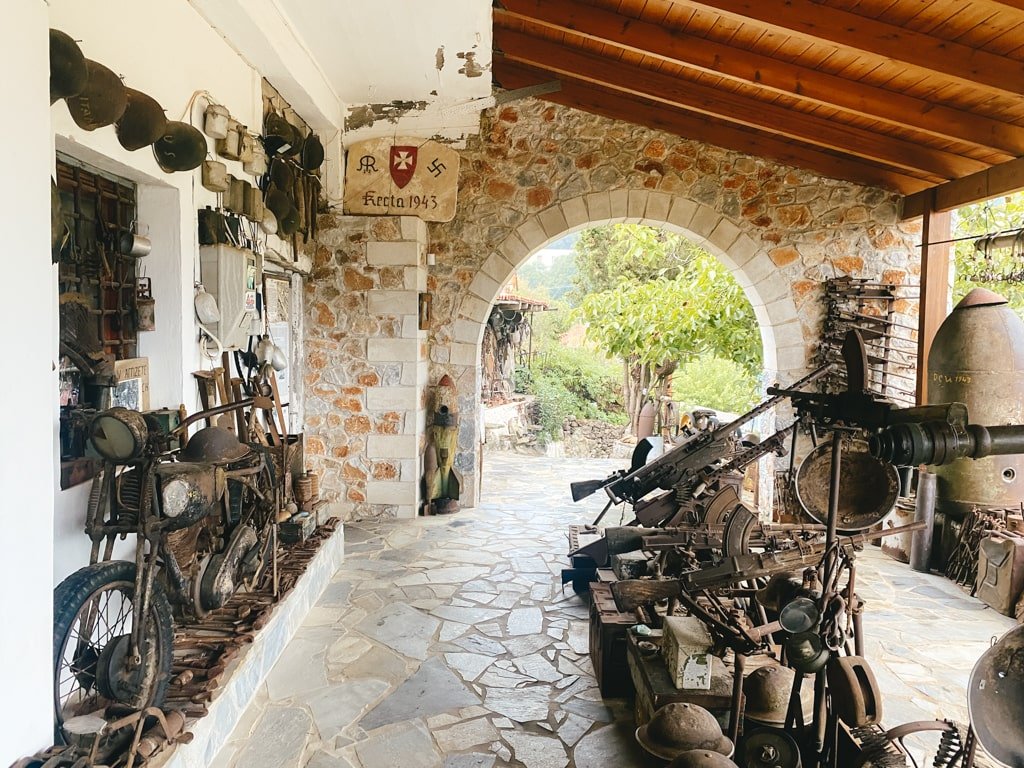
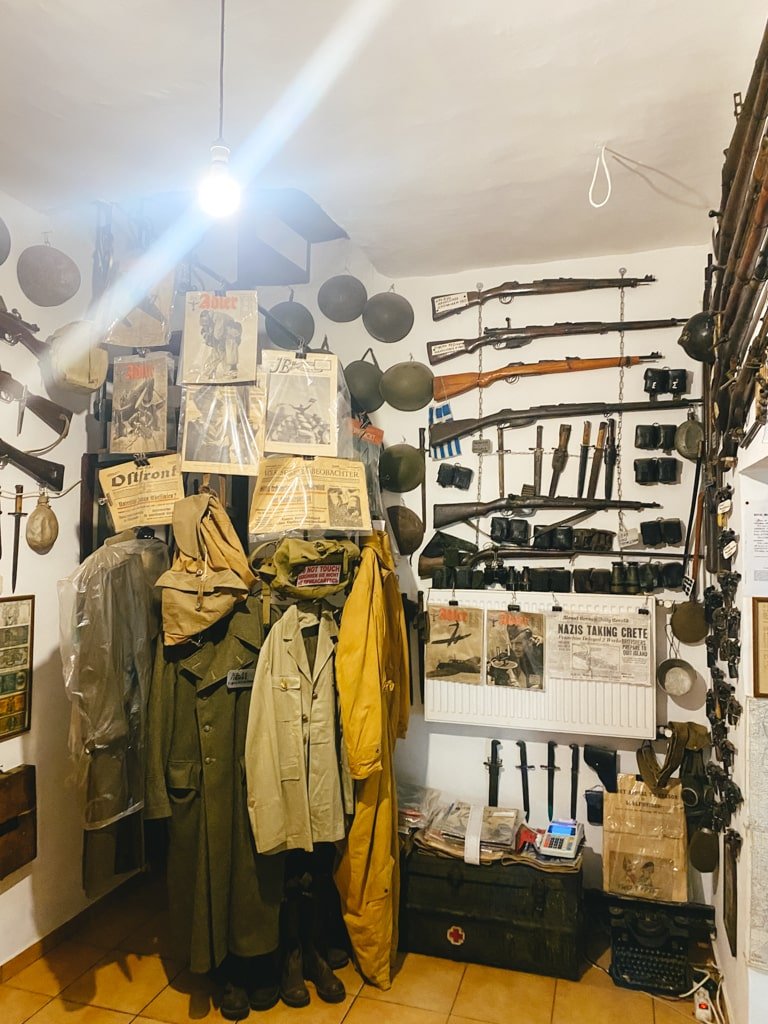

10. Food is a huge part of the experience
Food is a big part of the culture and reason to visit Crete island. Even Greeks will visit and rave about the special food culture here.
What to try:
- Dakos: Think of it like Cretan bruschetta — a rusk (hard bread) soaked in tomato juice, topped with more chopped tomatoes, mizithra cheese (or feta), oregano, and olive oil.
- Kalitsounia: Little pies filled with soft cheese or herbs, usually handmade and served during festivals.
- Graviera: Crete’s signature hard cheese, often served fried with honey or just eaten as is.
- Antikristo: A traditional lamb dish, where the meat is slow-cooked in a circular setup around an open fire. You can find this is mountain tavernas and villages.
- Snails (Hohlioi): You can find these in many restaurants around the island and they are often cooked in rosemary, which I love.
- Raki or Tsikoudia: A strong local spirit, similar to a Greek vodka.
- Loukoumades: Greek doughnuts with honey and cinnamon that you can find in many regions of Greece including Crete.
11. Crete is mountainous
The mountains in Crete aren’t just a backdrop, they are a defining feature of the culture, food, economy and the song and dance of the island (if you are into that).
Looking at a map you’ll notice they split the island into distinct microclimates and separate the two coasts. The northern coast has developed faster and become more touristy. The southern coast is more rugged and remote.
While it requires an extra bit of driving, reaching and spending time on the southern coast is a totally different experience.
There are three major mountain ranges:
1. Lefka Ori (White Mountains)
- Where: Western Crete (Chania region)
- Highest peak: Pachnes – 2,453m
- Known for: Samaria Gorge, dozens of smaller gorges, and traditional mountain villages like Omalos and Anopolis. Snow-capped in winter.
2. Psiloritis (Mount Ida)
- Where: Central Crete
- Highest peak: Timios Stavros – 2,456m (highest on the island)
- Known for: The mythological birthplace of Zeus, Ideon Cave, and the gorgeous plateau around Anogeia and Livadia.
3. Dikti Mountains
- Where: Eastern Crete (Lasithi region)
- Highest peak: Spathi – 2,148m
- Known for: Lasithi Plateau, the Dikteon Cave (another Zeus cave), and lots of orchards and windmills.
12. Eastern Crete is quieter and less touristy
If you are set on a quieter more remote holiday, then look into eastern Crete. The towns of Sitia, Zakros and Makry Gialos don’t see nearly as many tourists as Chania or Heraklion. They are a bit harder to reach but will reward you with a more local experience. And don’t worry if you think it’s just beaches. Zakros is where you’ll find the Gorge of the Dead, and the Zakros Minoan Palace. If you want to enjoy the sights and not worry about driving, I’d book a tour like this one.
13. Vai Beach has Europe’s only palm forest
This is a lesser known fact about the island, but it is home to the southernmost native palm grove in Europe. It gives the whole place a tropical vibe you wouldn’t expect to find in Greece.
The beach itself is organized but not overrun, with soft golden sand and clear blue water. There’s a gentle slope into the sea, making it great for swimming, and a few trails nearby offer scenic views from above. It’s a bit of a drive to get there, which helps keep it calm.
14. You’ll find iconic beaches everywhere
Crete doesn’t just have great beaches, it has some of the most famous in Europe. A few names come up again and again, and for good reason:
- Elafonissi: This is the famous pink-sand beach found in the south-west and usually reached while staying in or near Chania. The waters are very shallow and warm.
- Balos Lagoon: A wild and strikingly beautiful spot known for its turquoise waters and dramatic landscape. You can reach it by boat or by hiking down a rugged trail — both options offer great views. While Balos is more of a scenic wonder than a traditional beach destination (it’s part of a protected biodiversity zone and can occasionally have a strong natural smell), certain areas are great for swimming on a calm, clear day.
- Preveli: A beach split by a river, with palm trees and cliffs that feel almost Jurassic. You can hike down from the monastery or drive to a nearby parking area.
- Seitan Limania: A narrow turquoise cove tucked between cliffs near Chania. It’s a short but steep hike down so you need to wear good shoes and bring water. This beach became Instagram famous only 5 years ago, so it has gotten very popular.
- Matala: Famous for its caves (once used by Roman tombs and later by hippies in the ‘60s and ‘70s). The beach is sandy and relaxed, with a bohemian feel.
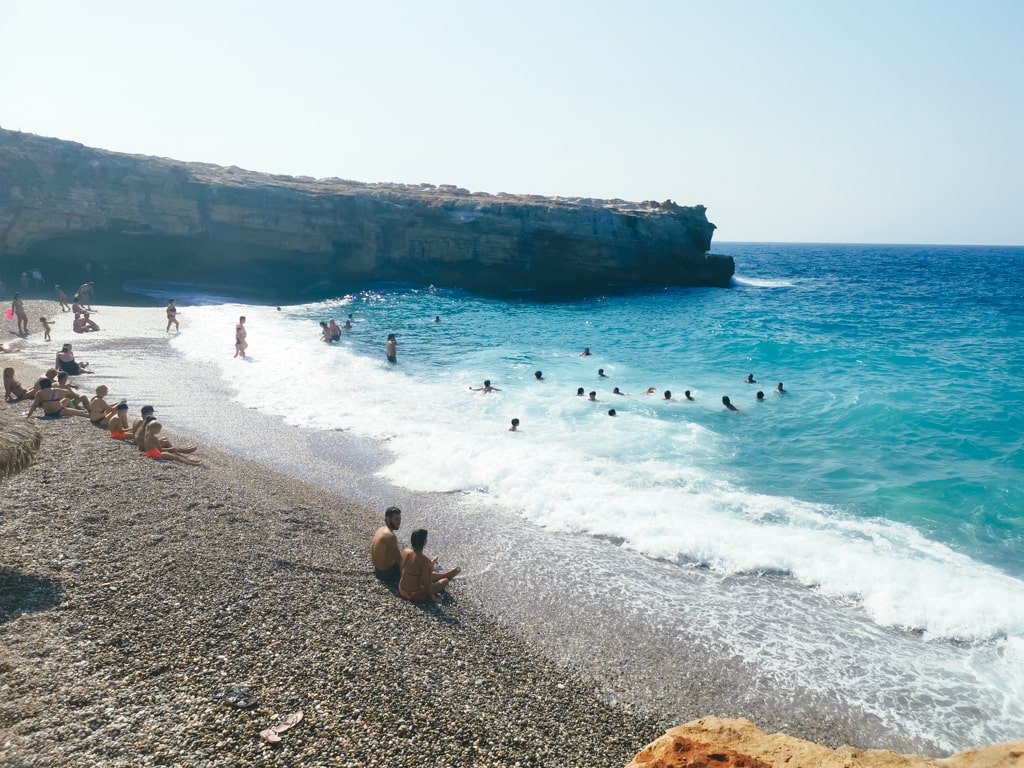

15. Ancient ruins are everywhere
If you didn’t have enough to see already, Crete is the mecca of ancient ruins. As a small intro, Crete was the heart of the Minoan civilization, one of the most important in terms of their pottery, art, architecture and trading. The famous Palace of Knossos is where legends say the Minotaur roamed the Labyrinth. When you visit Knossos, make sure to get an audio guide or proper guide (more inclined to suggest the latter!).
If you’ve read Percy Jackson as a kid, or had a Greek mythology phase, you’ll love Crete.
But that’s not all, you’ll find the ruins of Phaistos (another ancient kingdom) nearby, plus dozen more sites that you can geek out about like Malia Palace, Zakros Palace, Aptera, Gortyna, Eleutherna and Lato.
16. Mythology fans will love it
Similar to my point above, Crete is great if you are a mythology fan. You might know that this is where Zeus was born (according to the legends of course) and raised to avoid his father Cronus, from eating him. The other major part of Cretan mythology centers around the Palace of Knossos and the Labyrinth, as well as the role that Daedalus, the great engineer.
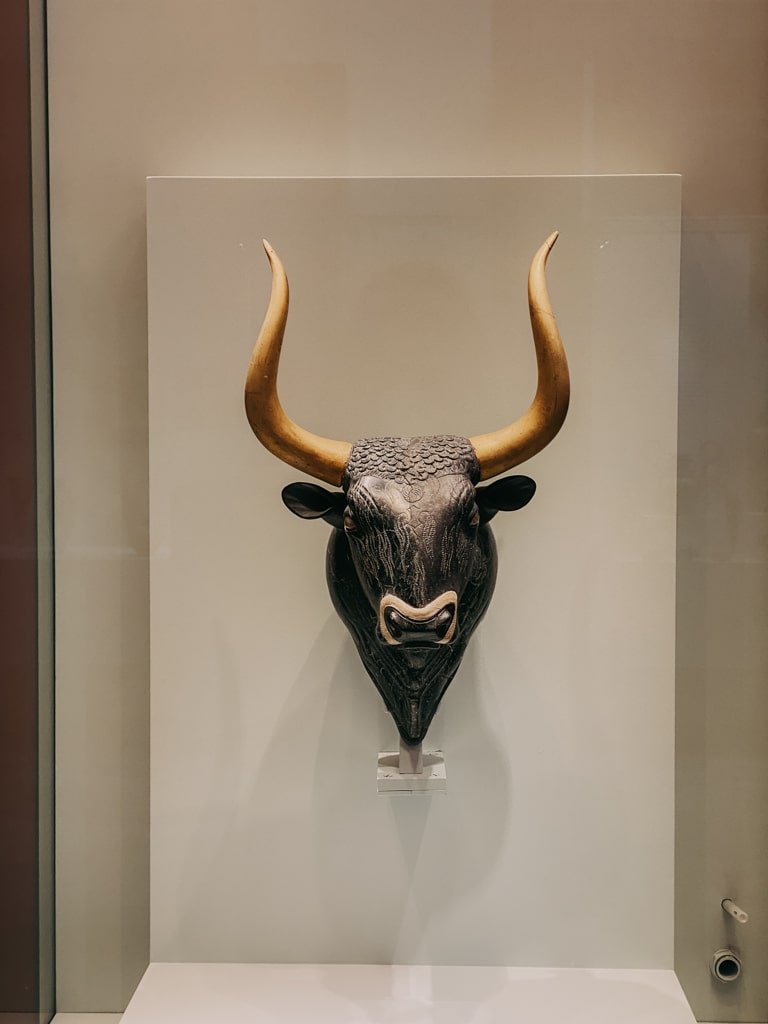
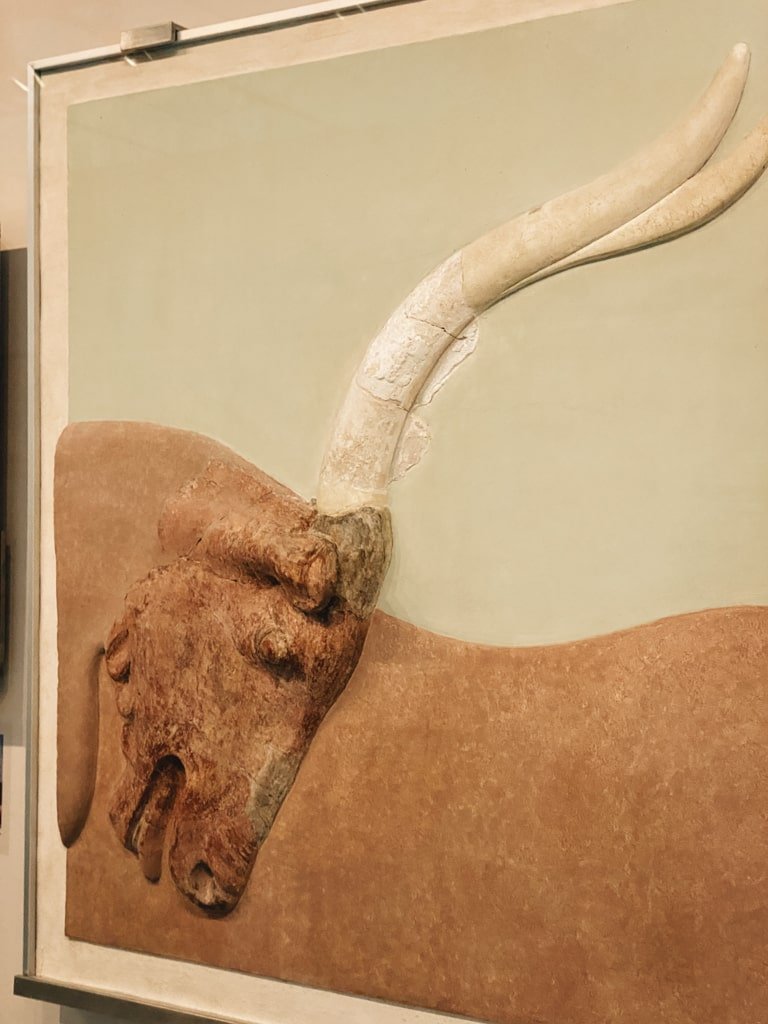
17. It’s a hiking paradise
Crete’s landscape is a dream for hikers: over 400 gorges, multiple mountain ranges, and a long-distance coastal trail that cuts across the island. If you want to stay active on your holiday, you’ll have no issue finding a trail to enjoy.
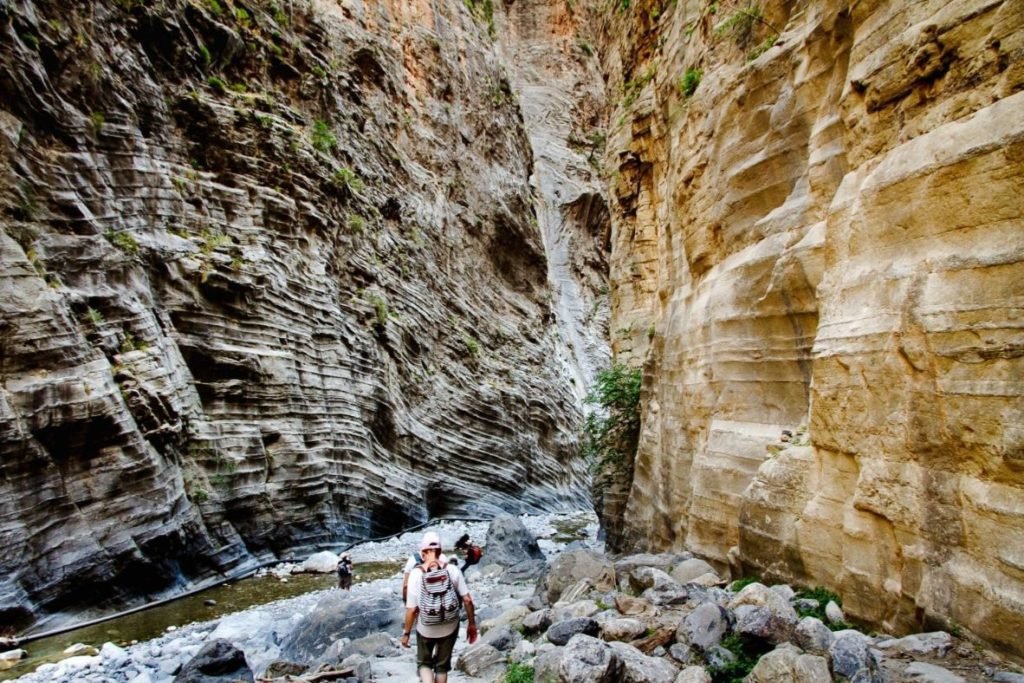
18. You can do the E4 trail or smaller hikes
If you haven’t heard of the E4, it is a long distance trail route that covers most of southern Europe, starting in Spain and ending up in Greece. Crete has a long stretch (500km) of this path, which crosses the entire island from Kastelli to Kato Zakros.
Doing the whole trail will take about a month, but you can hike select selections as day trips or multi-day adventures.
Some of the most popular segments include:
- Samaria Gorge – A 16km descent through towering cliffs in the White Mountains, ending at the Libyan Sea. Most popular hike on the island.
- Imbros Gorge – A shorter, easier alternative to Samaria with tight canyon walls and sweeping views.
- Aradena Gorge – A more rugged, remote hike starting from a high suspension bridge and winding down to Marmara Beach for a rewarding swim.
Check out a map of the E4 around Europe here, to get a better idea of what to expect.
19. There are more than 400 gorges in Crete
Speaking of gorges, we need to remember just how many gorges this island has. While some hikes like Samaria and Imbros are beginner-friendly and well-maintained, there are also more advanced-level treks for experienced hikers and thrill-seekers. Gorges like Kourtaliotiko, Kritsa, Ha Gorge, and parts of Zaros demand technical ability, scrambling, and good orientation skills. You might want to consider booking a guided adventure for them.
20. Water adventures are everywhere
With such a long coastline, the world of underwater or on water adventures is also wide open. From snorkelling to scuba diving and kayaking to sailing trips, there are a ton of things to do over summer.
If you’ve never scuba dived before, there are a ton of intro classes for beginners. Check this one out.
21. Eco-tourism is on the rise
If you’re after sustainable travel, Crete is leading the way in Greece. Resorts like Enagron Ecotourism Village in Axos and Eleonas Country Village near Zaros combine traditional architecture, local food, and a true connection to nature.
These places usually grow their own produce, offer cooking classes, nature walks, and agricultural experiences, and give you a deeper understanding of Cretan village life. It’s not just about “green travel” — it’s about immersing yourself in local rhythms.

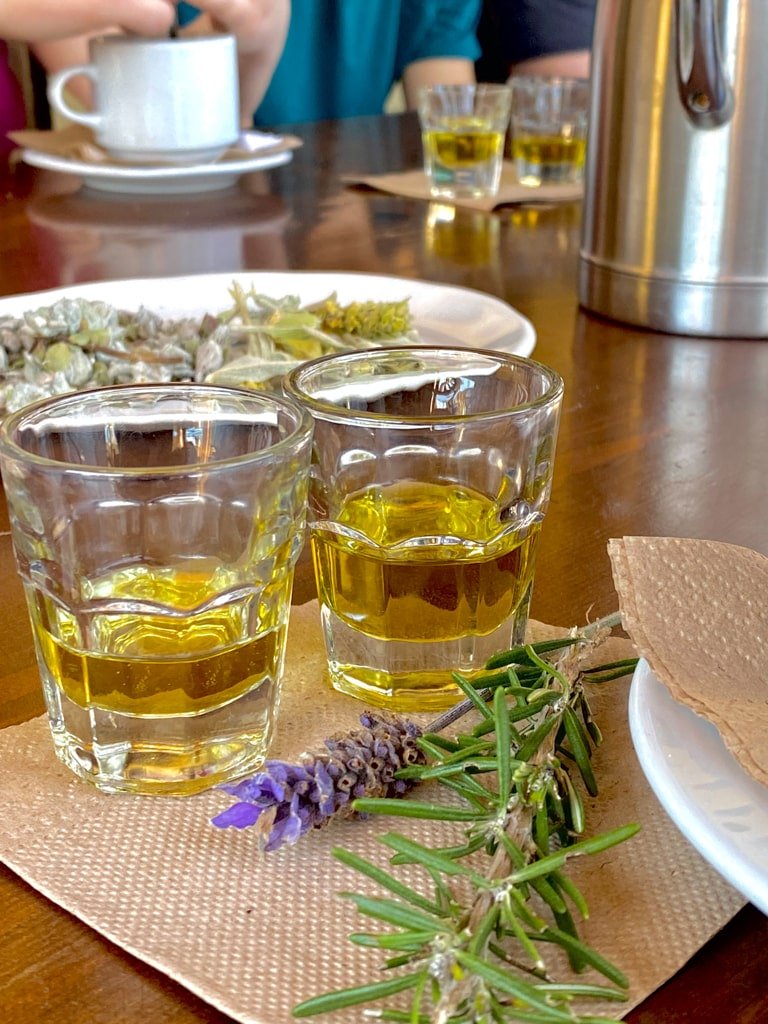
22. Spinalonga: the leper island
One place you might not know exists on the island, is a former leper colony island. Yep! You’ll find it off the coast of Elounda and is a haunting and very important site to visit and learn more about.
Spinalonga operated as a leper colony from 1903-1957 and was the last one in Europe to shut down.
Today, you can take a short boat ride from Plaka (5 mins), Elounda (15 mins), or Agios Nikolaos (30 mins) to visit the island. Entry is inexpensive, and guided tours or audio guides are available.
If you want to connect and learn more about that part of history more, I recommend picking up the book “The Island” by British author Victoria Hislop. Her book made waves when first published adn was turned into one of the highest grossing and most impressive productions in Greek Tv Show history.
If you manage to find the series with English subtitles, you must watch it! Currently the only place I can find is here, but you’ll need to find and download the subtitles separately.
There are a ton of boat trip providers and options, from small boats to catamarans and organized tours that include lunch and food.
23. Lake Voulismeni is worth a stop
Lake Voulismeni is a lake in Agios Nikolaos that many people skip without realizing it’s there. It’s right in the center of town, surrounded by tavernas, cafés, and walking paths. Stop here for a break, grab lunch by the water, or walk up the nearby park for
24. Loutro: the car-free coastal gem
Loutro is one of those spots that features heavily on brochures and travel blogs and for good reason. It is only reachable by boat from Chora Sfakion, or you need to hike the nearby trail. There are no cars here, just a pretty cove where you can relax, eat and swim. If you are planning on staying in Loutro, make sure to book your accommodation in advance. For something that is low budget and right on the beach, check out some guesthouses like this one.
25. Mountain crossings can get chilly
Summer might be insanely hot on the island — temperatures can easily hit 38–42°C (100–108°F) but they can drop quickly when you cross through the mountains.
You’ll notice this most if you’re driving from north to south through high-altitude passes and gorges. One minute you’re sweating on the beach, the next you might need a light jacket, rain gear, or even deal with thick fog and cooler temps around 15–20°C (59–68°F), especially in the early morning or late evening.
Always pack layers if you’re exploring beyond the coast.
26. Snow exists — but no ski resorts (yet)
Crete gets quite a bit of snow during the winter months, and sometimes you’ll still see the snowy peaks later on in spring months. But unlike mainland Greece, there are no operational ski resorts or lifts of that kind. Instead, eagers skieers rely on mountain guides (there is a huge and active mountaineering community here) and carve their own path through the mountains to be able to enjoy some fresh snow.
White Mountains (Lefka Ori) is a popular option for a lot of visitors, but do go through a guide. There are more than 50 peaks than exceed 2,000m and it’s easy to get lost.
You’ll need to commit to backcountry skiing and walking to get the privlege of skiing downhill though.
27. The kri-kri is Crete’s wild goat
If you spot a goat with curved horns that sweep backward, you might have come across the rare and protected species of kri-kri or (Cretan ibex). These animals are both beautiful and incredibly agile, so you’ll usually find them perched on cliffs and around mountain slopes and they usually prefer the remote areas of the White Mountains where humans are less likely to be.
They were once near extinction, and have become a symbol of the wildnerness and independence of Crete.
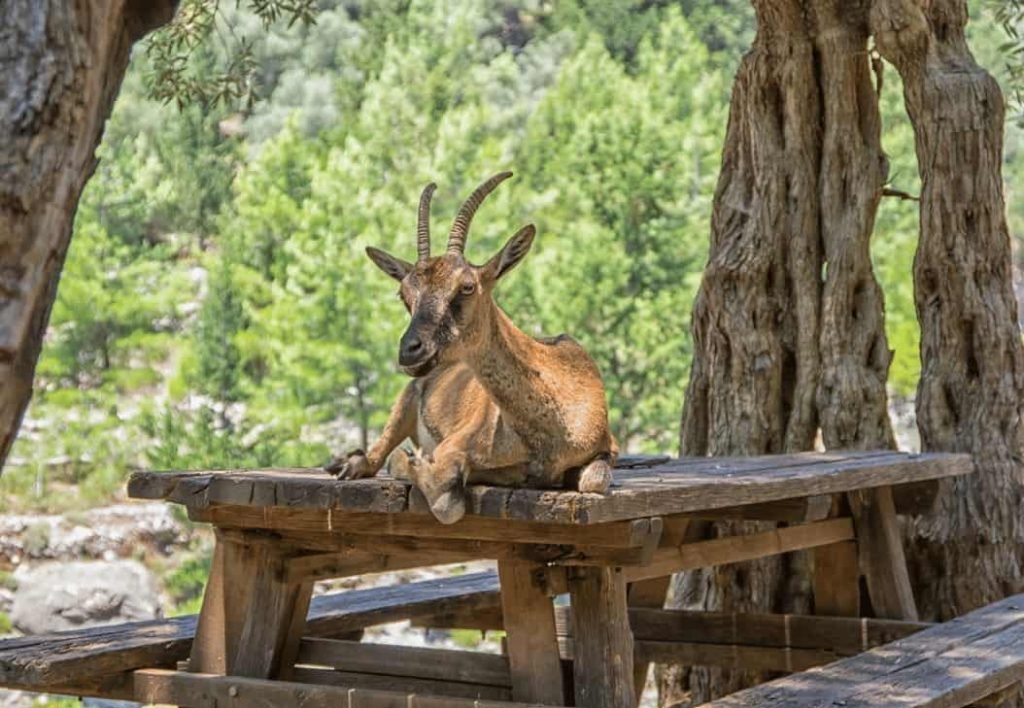
28. A book helps unlock the culture
Crete is a complex place to understand, so I highly recommend picking up a book or two to get more insight into the culture and place.
Here are a few recommended reads:
- The Island by Victoria Hislop – A historical novel set in Spinalonga, the former leper colony, exploring life, stigma, and family ties in early 20th-century Crete. An easy read for those that prefer something light while on holiday.
- Zorba the Greek by Nikos Kazantzakis – A Cretan classic about freedom, work, and what it means to live fully. It captures the spirit of the island like few others. The author was born in Crete, near Heraklion and has influenced generations of Greeks with his writings and hardcore approach to life and freedom.
- Greece: Biography of a Modern Nation by Roderick Beaton – A comprehensive but accessible look at how modern Greece formed, from the Ottoman period through wars, dictatorship, and EU entry. This is the book I recommend and buy most often for clients and people visiting the country.
- The Global Minotaur by Yanis Varoufakis – A deeper, political-economic lens on Greece’s place in the world, global capitalism, and how the financial crisis impacted the country. Not Crete-specific, but gives context to what shaped today’s Greece.
29. Gavdos: the hippie hideaway
Gavdos is the southernmost point of Europe and is found on the southern coast of Crete. It became known in the 70s and 80s as a nudist and hippie retreat, especially popular with French, Italian, and Eastern European backpackers. Today, it still attracts off-grid travelers, wild campers, and people looking for total disconnect.
There are a few tavernas, basic rooms, and camping spots (official and unofficial), but not much in terms of infrastructure. Ferries leave from Paleochora or Hora Sfakion, but they’re weather-dependent and not always frequent, so plan carefully.
30. Arkadi Monastery is worth a visit
This monastery is a great spot to visit, whether you are religious or not. It has a unique architecture that resembles more Mexico than Greece, and an impressive history starting during the Ottoman Occupation period.
In 1866, here is where hundreds of locals took refuge (including women and children), and ultimately chose to blow themselves up with gunpowder rather than surrender. It became a defining moment in Cretan history.
A guided tour can be surprisingly budget friendly and give you the chance to relax without needing a car. For example, this tour is less than $30 and takes you to Melidoni Cave, as well as the charming village of Margarites.

31. Crete is a great spot for digital nomads
If you are planning on making Crete your base for a longer period of time, then Chania and Rethymno or the outskirts around Heraklion are all great spots. The main issue will be securing accommodation for the summer months, since a lot of landlords want to keep their apartments open for the summer season, where they get more money for short term rentals.
There are also a few coworking space hubs popping up in Heraklion and Chania, so if having a community is important for you, then these would be the places I would check out first. Check out Workhub if you are in Chania, while not the cheapest, it has a great and active community around it and the spot is semi-central and convenient.
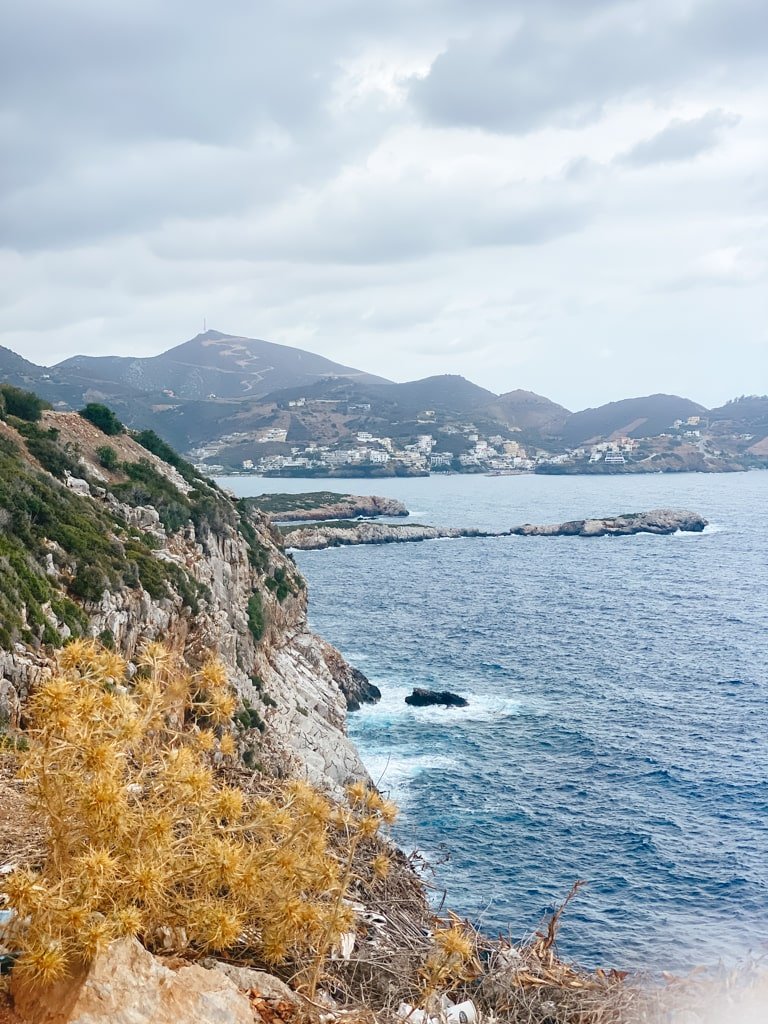
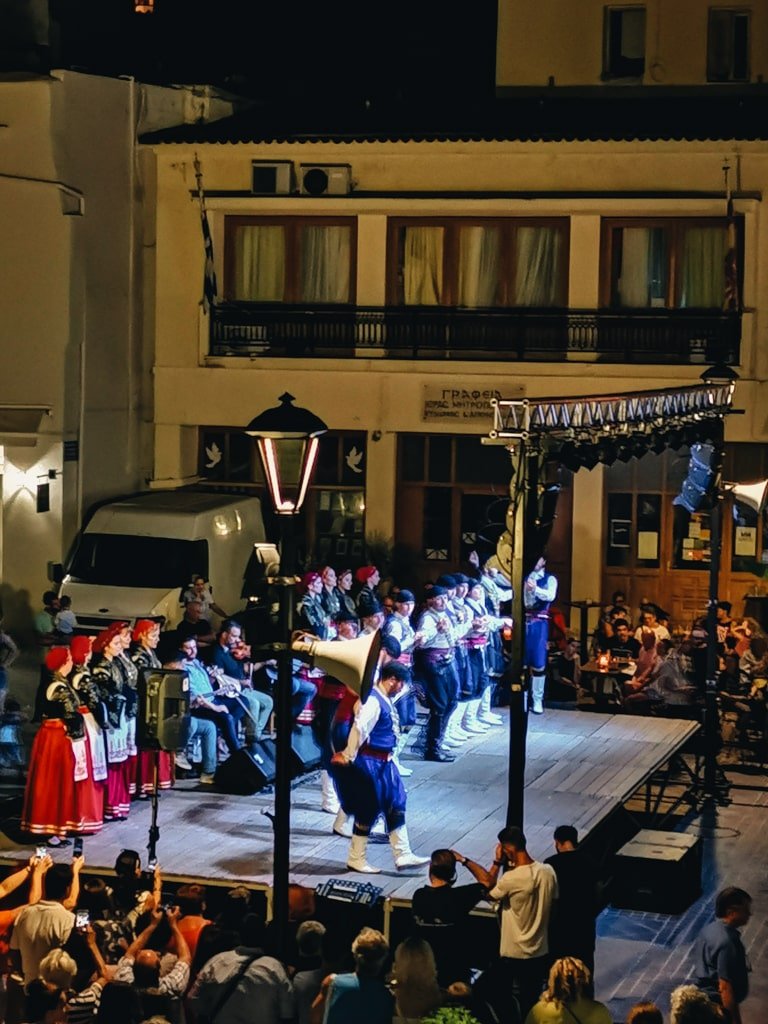
32. Beach Camping Laws
Free camping is not legal in Greece, but is often tolerated in remote areas. With that said, it’s important to keep in mind that you might face scrutiny and the recent fines have gone up substantially. If you plan on camping, consider designated campgrounds instead. Check out more recent regulations here.
What is a suggested itinerary for Crete?
There are so many combinations and places to see and explore but here are some highlights based on preferences.
- Beach Lover (7 days): Base yourself in Chania and Rethymno. Visit Elafonissi, Balos, Vai, Matala, Seitan Limania and maybe Loutro or Preveli.
- History & Culture (7 days): Base yourself in Chania and Heraklio. Visit Knossos, Arkadi, Spinalonga and WWII sites.
- Hiking & Nature (10 days): Base yourself in Chania and a village near Heraklion. Samaria, Psiloritis, Imbros, Preveli, Aradena, E4 segment
- Family Trip (7–10 days): Base yourself at a family friendly resort near Heraklion (aquarium, museums), spend a few days in Chania or the west coast to see Elafonissi (shallow water), take a boat to Spinalonga, do cooking class, and visit beaches near Georgioupoli.
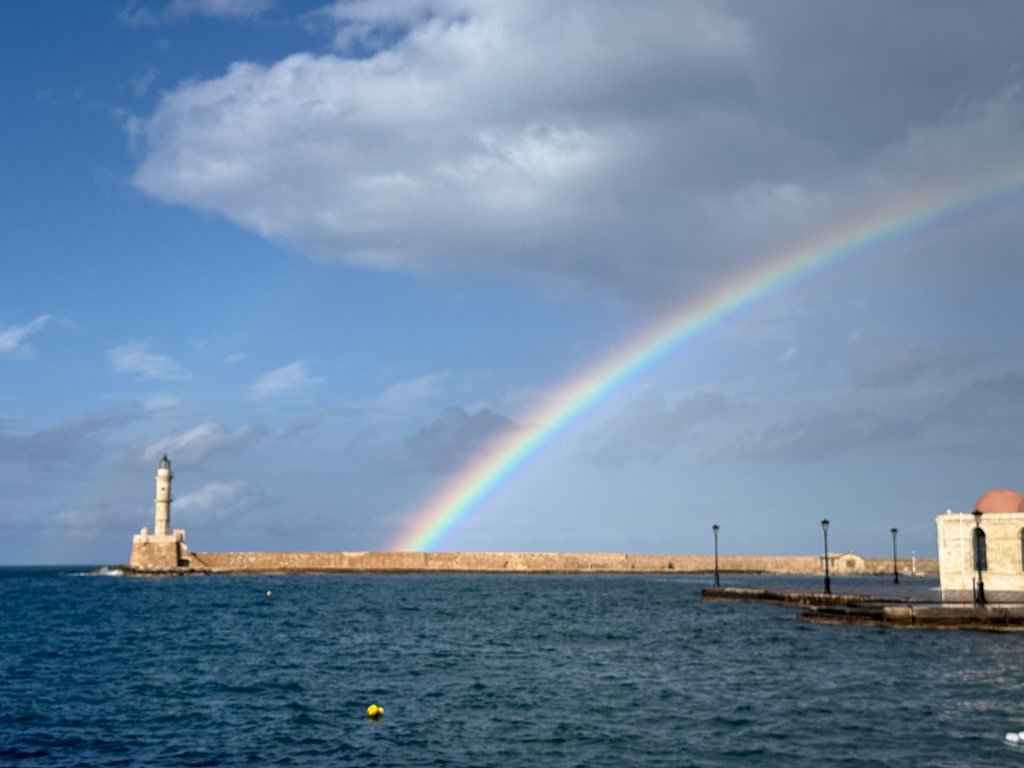
ESSENTIAL INFORMATION
Must Know When Visiting Greece
- Emergency: Dial 112 for all emergencies. For police, dial 100. For ambulance 166. For fire dial 199.
- Language: English is widely spoken in most tourist areas. Common phrases to learn are “Kalimera” (Good morning), “Yia” (Hello and Bye – informal), and “Efharisto” (Thank you).
- Water: Tap water is safe in Athens, mainland Greece and a small number of islands. Always ask beforehand.
- Driving: Right-hand side, international driving permit recommended. Book your rental car with Discover Cars for the best rates and comparisons across all major and local companies.
- Accommodation: Booking.com for the most options on hotels, apartments and hostels. Free cancellation in a lot of places and no need to pre-pay. Great for their rewards points system.
- Islands: There are a lot of islands, spread out around the country. Start with a map or ferry service to get an idea of travel times. Ferry Scanner is the best for ferry bookings to the Greek islands.
- Activities: From cultural sights to day trips, food tours and city guides, use Get Your Guide.
- Public Transport: For Athens, use the Athens Metro. If you are not renting a car, use Trains (Hellenic Train) or KTEL (Public Buses) services.
- Domestic Airlines: The main airlines for air travel are Aegean Airlines and Sky Express. I recommend Aegean Airlines and its rewards program.
- Taxi: Always use a taxi app, instead of flagging down a taxi from the road. Use FREE Now (formerly BEAT).
- Culture: A siesta nap is still common in less touristy areas. This also means businesses will close between 2 PM – 5 PM. Except for hospitality businesses, everything is closed on Sundays.

